Tag: protein
-
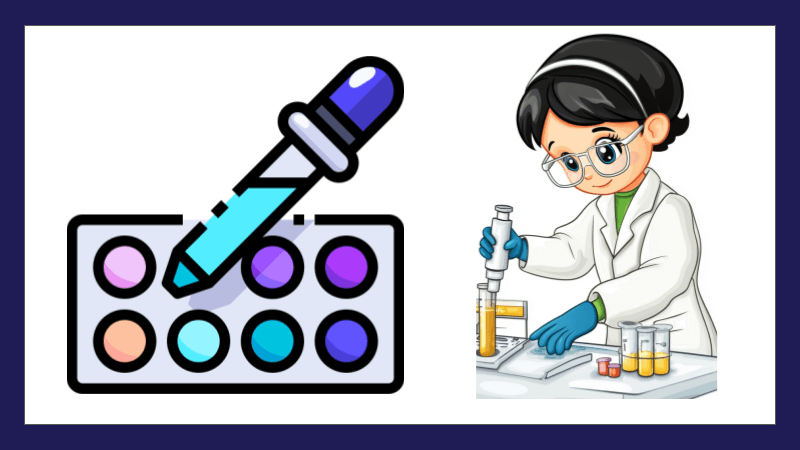
Macromolecules Lab – Testing for Starch
Most biology textbooks have a chapter on macromolecules. In chapter 2 of our textbook, students learn about the chemistry of life, which includes the basics of atoms and molecules, properties of water, and carbon compounds. I generally include a food testing lab where students determine the macromolecules found in food. The lesson is engaging, informative,…
-
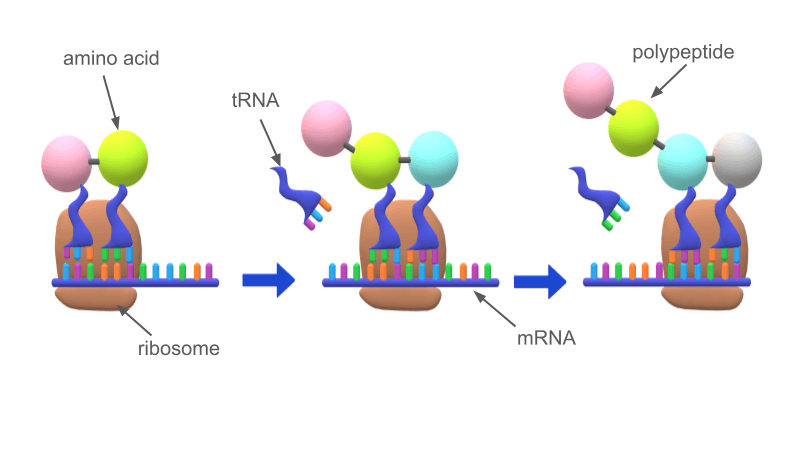
Reinforcement: RNA and Protein Synthesis
Master protein synthesis with our comprehensive practice worksheet! Practice your understanding of mRNA, rRNA, and ribosome function.
-
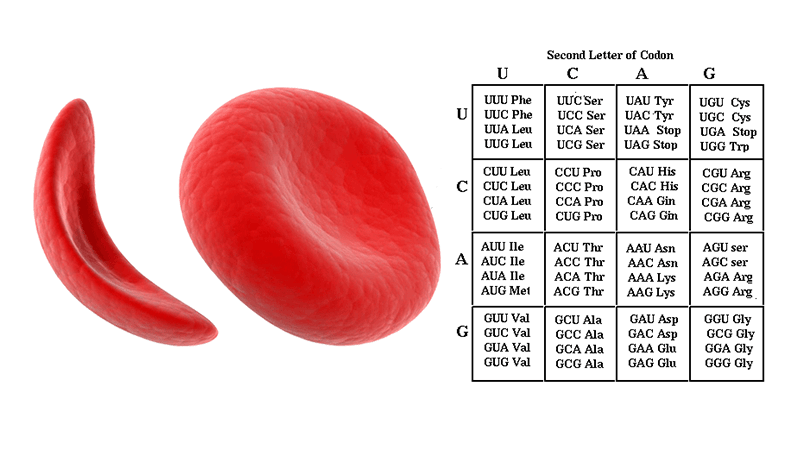
Investigation: DNA, Proteins, and Mutations
Explore DNA mutations by transcribing and translating DNA code. Changes in the code result in point mutations, frameshift, and nonsense mutations.
-
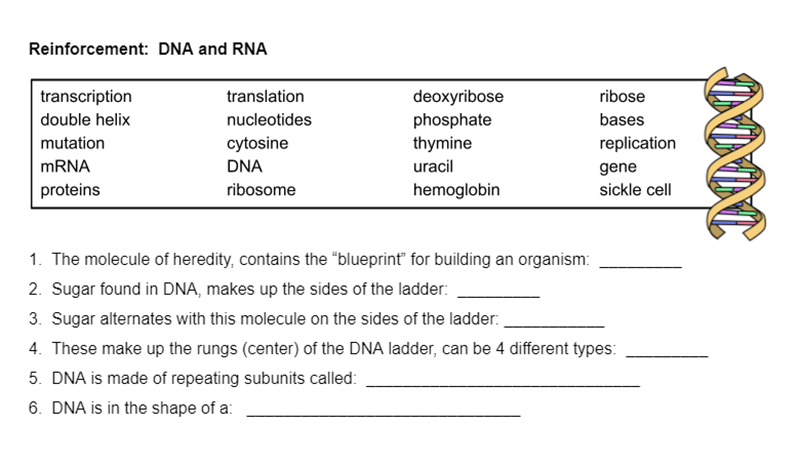
Reinforcement: DNA, RNA, and Sickle Cell
Students practice DNA and RNA by completing this simple fill-in-the-blank worksheet that focuses on vocabulary related to DNA structure and function.
-
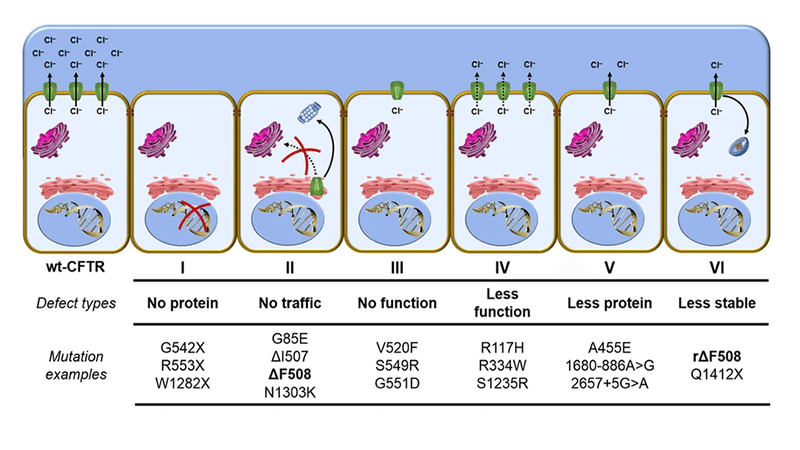
Case Study: Cystic Fibrosis Mutations
This case study is a follow-up to the Cystic Fibrosis Case Study where students explore how changes in transport proteins affects the movement of ions, resulting in a build-up of chloride ions and the symptoms of the disease. Students were introduced to the idea that different mutations can cause differences in the transport proteins, but…
-
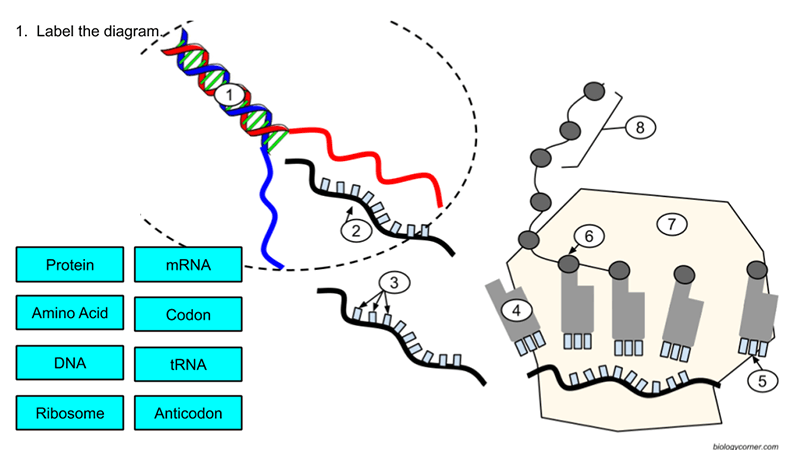
Label: Protein Synthesis
Label and image of the cell membrane and ribosome, showing transcription and translation.
-
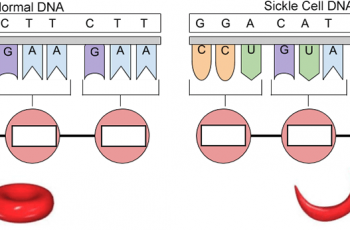
Genetics of Sickle Cell
This assignment was created for students who miss class and can be completed independently. There are sections to read with questions to answer, focusing on how DNA provides the instructions to make protein. A single base substitution in the gene that codes for hemoglobin results in sickle cell anemia. Students are walked through the process…
-
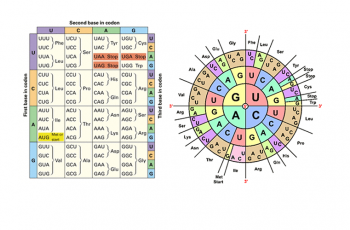
Protein Synthesis Practice Using Codon Charts
Practice using a codon chart to determine amino acid sequences from DNA.
-
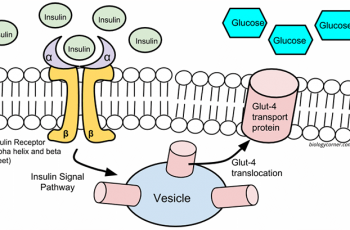
How is Glucose Taken Up by Cells?
This worksheet takes a closer look at the cell membrane and how insulin binds to the receptor on the cell membrane which creates a signal cascade, resulting in the movement of the Glut-4 transport protein to the surface of the cell. Students interpret a graphic showing the membrane, receptors, and the Glut-4 transport protein.
-
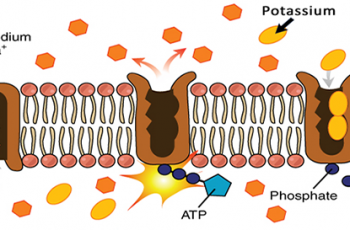
Cell Membrane Captions
Students examine images of transport across the cell membrane and identify key features such as the phospholipid bilayer, channel proteins, and receptors. Students then provide a title, such as “osmosis” and create a caption that describes the process being shown.
-
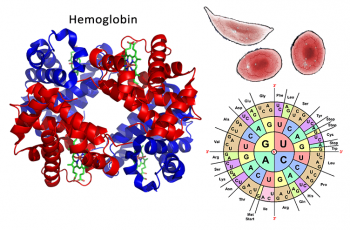
DNA, Proteins, and Sickle Cell
In this activity, students use a codon chart to compare the DNA sequence of HbA (normal hemoglobin) to HbS (sickle cell). The DNA differs in a single base, where the codon for normal hemoglobin codes for glutamine, and the mutant form codes for valine.
-
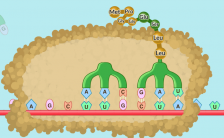
Manipulate DNA in a Simulation to Explore Mutations
This activity uses a simulation from the Concord Consortium. It shows how DNA is transcribed to RNA and then turned into a protein. It’s a very clear animation and can be used on its own as part of a lecture on protein synthesis. I have even used this as a demonstration to show protein folding…
-
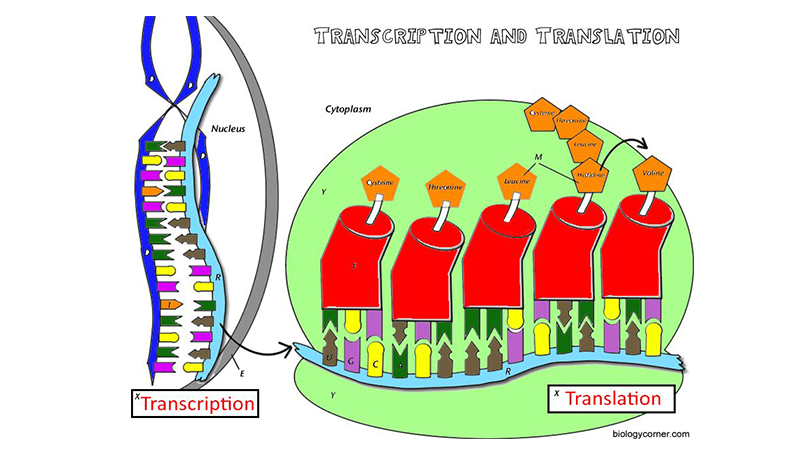
Learn Transcription and Translation by Coloring
Graphic shows the process of transcription and translation. Color the parts of the model as your learn about them!

